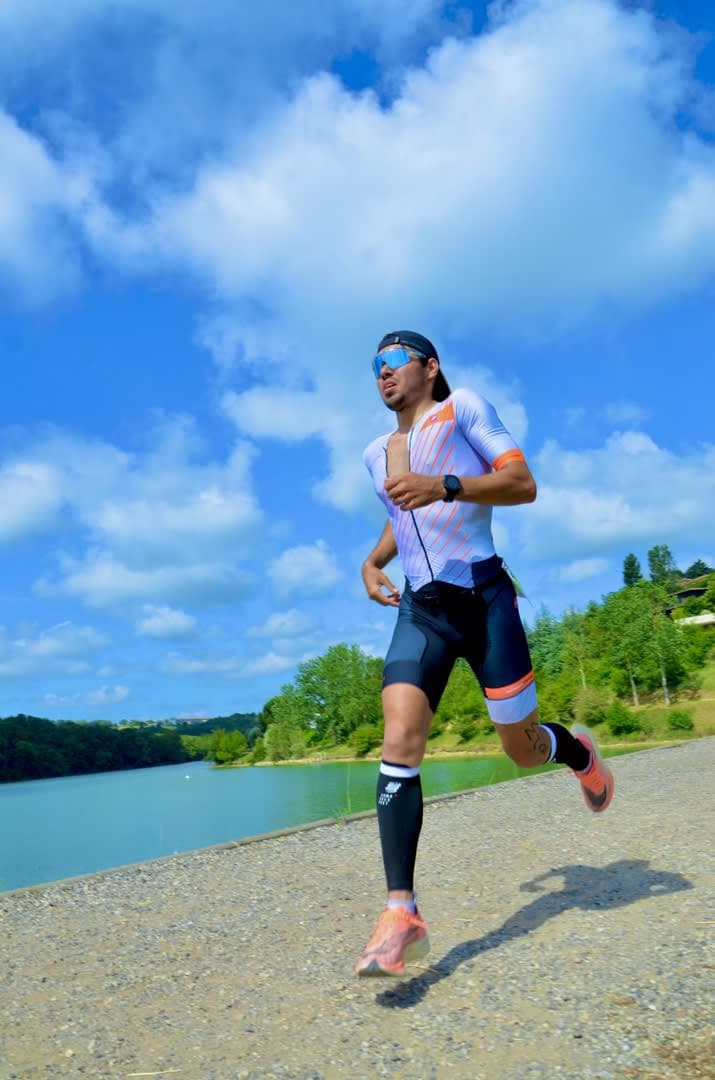At NNOXX, we have the pleasure of working with top coaches and athletes across a wide range of sports. In 2023 alone, we've worked with NBA, MLB, NHL, NFL, and Olympic teams, CrossFit games athletes, and UFC fighters. We're constantly amazed by the data collected by the NNOXX community each week and the collective insights we're gaining. As a result, we wanted to share a recent case study we collaborated on with Damien Gioia, a triathlon coach exploring innovative approaches to endurance training with the NNOXX One wearable.
One of the most interesting aspects of using NNOXX's technology is how quickly it removes the guesswork from training by allowing you to observe your body's physiological response in real time. In short, you can see how different protocols impact your body in varying ways or how small changes in your routine or the order of training within a session can have meaningful impacts on your body's physiological responses to exercise, as you'll observe shortly. Let's dive in!
In this case study, we will compare coach Damien's results from a ramp-incremental exercise test performed on an indoor bike on two days. During both workouts, Damien followed a 6'-1' ramp protocol, consisting of 6 minutes of cycling followed by 1 minute of rest. His wattage on the first set was 100 watts; in each subsequent interval, he increased his power output by 20 watts. During these assessments, Damien sought to assess his fitness level and identify his physiological limitations.
Physiologic limitations are rate-limiting factors for increasing an athlete's VO2 max, which represents the maximal integrated capacity of the pulmonary, cardiovascular, and muscle systems to uptake, transport, and utilize oxygen, respectively. Knowing an athlete's physiologic or bioenergetic limitation is often more important than knowing their absolute VO2 max value. The former tells you what training will best increase an athlete's performance, whereas the latter is used to characterize their performance potential. NNOXX helps users identify their physiological limitations and, by doing so, helps users determine what style and intensity of training will be most effective for increasing their VO2 max and improving their performance, as explained in our recent E-book titled, A New Direction For Human Performance.
Following Damien's first assessment protocol on December 24th, he found that he has a muscular limitation, also known as a utilization limitation. One of the defining aspects of a muscular limitation is that athletes are limited by their maximal rate of oxygen utilization, the magnitude of oxygen utilization in working muscles, or both. Additionally, because muscle oxygenation levels do not meaningfully decline and often plateau well before task failure in utilization-limited athletes, their nitric oxide measurements are less responsive and often plateau earlier into ramp incremental exercise tests. You can see Damien's muscle oxygenation (SmO2) and nitric oxide (NO) levels from his first ramp incremental exercise test below:

